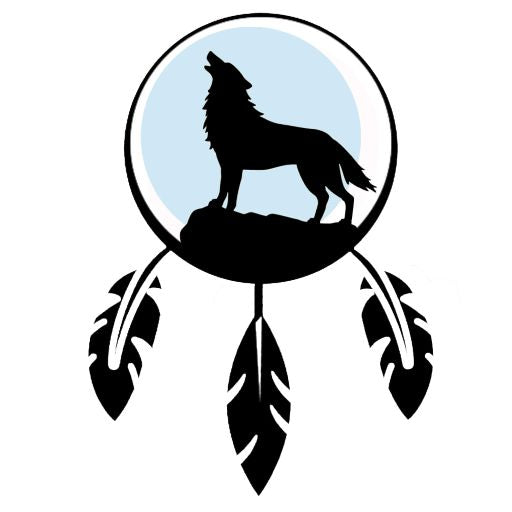Truth and Reconciliation Day: A Remembrance and a Commitment

Here is an article that complies with your previous guidelines.
A day to remember and move forward together
September 30th is designated as the
Residential schools, often funded by the federal government and run by churches, aimed to “kill the Indian in the child.” This policy caused unimaginable suffering for children torn from their families, who lost their language, their culture, and often their dignity in environments marked by abuse. Many children were never able to return home.
The symbolism of September 30th
The date of September 30th was chosen for its proximity to Orange Shirt Day, an initiative that began in 2013. This day originates from the story of Phyllis Webstad, a residential school survivor, whose orange shirt was taken from her on her first day of school, a symbol of the loss of her identity and dignity. Since then, the orange shirt has become a powerful symbol of survivor resilience and of the memory of the children who never returned.
This day not only allows us to acknowledge the trauma and lasting effects of the residential school system, but it also provides an opportunity for Canadian society to recognize historical injustices and take action towards genuine reconciliation. Wearing orange is a simple yet powerful gesture that demonstrates our support for survivors and their families.
Truth, reconciliation, and the way forward
Reconciliation cannot happen without the truth. The Truth and Reconciliation Commission (TRC), which gathered testimonies from thousands of survivors, brought to light the suffering endured in residential schools and recommended concrete actions to redress these wrongs. The TRC's final report, published in 2015, contains 94 calls to action aimed at restoring relations between Canada and Indigenous peoples.
Truth and Reconciliation Day reminds us of the importance of listening, education, and engagement. Each of us can play a role, whether by taking the time to learn more about the history of residential schools, supporting Indigenous initiatives, or participating in community events. Indigenous peoples continue to face many challenges related to the consequences of colonization, and real change will only be possible when everyone actively engages in advancing reconciliation.
Source and references:
• Truth and Reconciliation Commission of Canada.
• Testimony from Phyllis Webstad on Orange Shirt Day.
• Government of Canada, “National Day of Truth and Reconciliation”.
